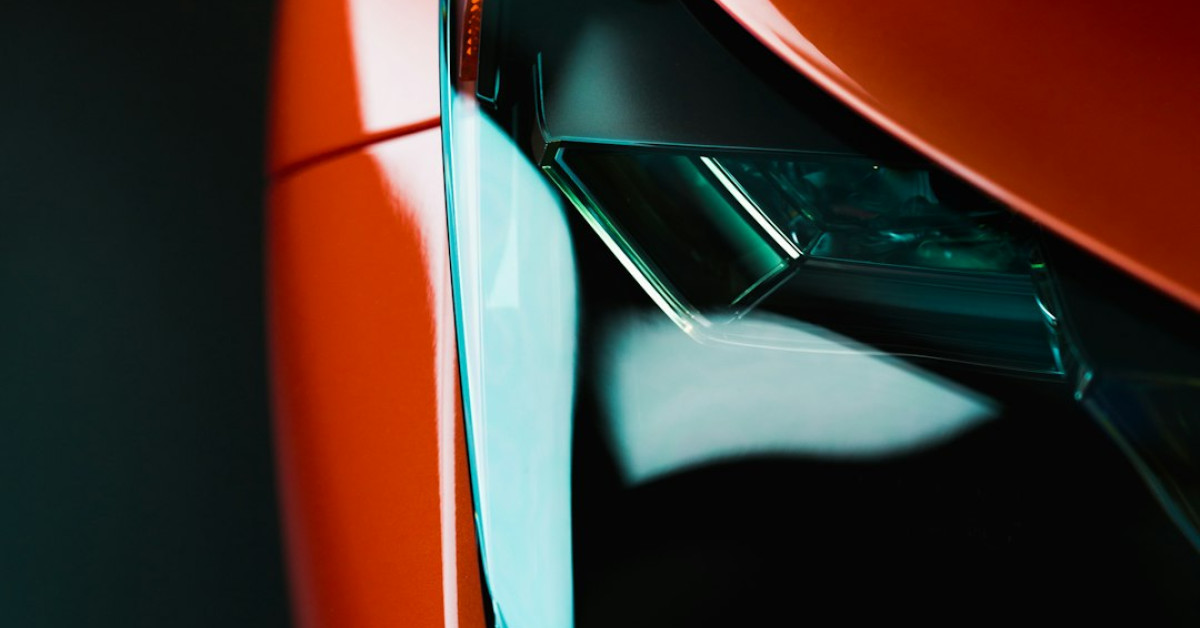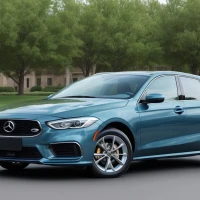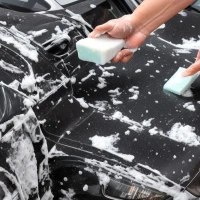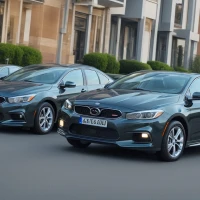What Is DRL On A Car? Here’s Why It’s Crucial For Your Safety: Imagine cruising down a dimly lit road and suddenly, a car appears out of nowhere, nearly causing an accident. Scary, right? In our relentless pursuit of road safety, DRLs (Daytime Running Lights) have emerged as unsung heroes. From enhancing vehicle visibility to drastically reducing collision risks, discover how these tiny yet powerful lights are not just accessories, but lifesavers. Dive into our latest blog to understand the life-altering importance of DRLs on your vehicle and why neglecting them is not an option. 🌟🚗🔍
What Are Daytime Running Lights? How Do They Help?
Ever wondered, what are Daytime Running Lights? How do they help? DRLs, or Daytime Running Lights, are lights on a car that automatically switch on when the vehicle is in motion. Unlike headlights, they’re not meant for night driving but for better visibility during the day. These lights make your car more noticeable to other drivers, which can significantly reduce the risk of accidents. Think of DRLs as an extra set of eyes on the road, enhancing safety for everyone. So next time you drive, remember how these small but mighty lights contribute to safer journeys for all.
How Do DRLs Work?
Daytime Running Lights (DRLs) on a car are safety features that automatically turn on when your vehicle is running, enhancing visibility during daylight hours. So, how do DRLs work? They are typically wired to the ignition switch, meaning they activate as soon as you start your car. The lights use a low-intensity beam to ensure you’re seen by other drivers, reducing the risk of accidents in various lighting conditions. By making your car more noticeable, DRLs play a crucial role in road safety, helping to prevent collisions and keep everyone on the road safer.
How To Use Daytime Running Lights?
Daytime Running Lights (DRLs) are essential car features designed to enhance visibility during the day. Many people wonder how to use Daytime Running Lights properly. Simply put, DRLs automatically turn on when you start your vehicle. They are typically brighter than parking lights but not as intense as headlights. DRLs help other drivers see your car, reducing the likelihood of daytime accidents. For optimal safety, always check that your DRLs are functioning correctly. Maintaining them ensures you’re more visible on the road, offering an extra layer of safety for both you and other drivers around you.
Can You Add DRLs to a Car?
Daytime Running Lights (DRLs) on a car are headlights that automatically activate during the day, enhancing your vehicle’s visibility. They might seem like a simple feature, but they’re crucial for safety, making it easier for other drivers to spot your car, especially in low-light conditions. Curious drivers often ask, “Can you add DRLs to a car?” The good news is, yes, you can! Whether driving a newer model or a classic, aftermarket DRL kits can be installed to boost your car’s safety credentials. Adding DRLs is a relatively easy and smart upgrade for improving road safety.
Are There Safety Concerns and Disadvantages?
Daytime Running Lights (DRL) are essential features on modern cars that automatically turn on when your vehicle is in motion, enhancing visibility during the day. Not only do DRLs make your car more noticeable to others, but they can also reduce the likelihood of accidents. But are there safety concerns and disadvantages? Some argue that DRLs might cause glare in certain conditions or consume extra battery power. Despite these minor drawbacks, the overall safety benefits far outweigh the concerns, making DRLs a valuable and crucial component for safer driving.
Do You Need Daytime Running Lights?
Daytime Running Lights (DRL) are an essential safety feature on modern vehicles. They consist of lights that automatically turn on when the car is running, even during the day. DRLs make your vehicle more visible to other drivers, significantly reducing the chances of accidents. Studies have shown that cars with DRLs are involved in fewer daytime collisions. So, do you need daytime running lights? Absolutely—these lights improve visibility and safety on the road, giving other drivers a better chance to notice you, thereby preventing potential mishaps. Investing in a car with DRLs could make a crucial difference in your daily commute.
What is DRL on a Car: FAQs
Have you ever wondered, “What is DRL on a Car: FAQs edition?” DRL stands for Daytime Running Lights, which are low-intensity headlights that automatically turn on when your car is running. Their primary purpose is to make your vehicle more visible to other drivers during daylight hours, significantly enhancing road safety. DRLs are especially useful in poor lighting conditions like fog or rain. While they may seem like a small feature, these lights play a crucial role in preventing accidents. So next time you start your car, remember those little lights are working hard to keep you safe!
Used for sale near me
Daytime Running Lights (DRL) are a crucial safety feature on cars, designed to enhance visibility during daylight hours. These lights automatically turn on when the car is in motion, making your vehicle more noticeable to other drivers and pedestrians. If you’re considering a vehicle with DRL, many models equipped with this safety feature can be found used for sale near me. Investing in a car with DRL not only improves your daytime visibility but also helps reduce the risk of accidents. Prioritize safety by choosing a vehicle that ensures you’re seen, whether it’s new or used for sale near me.










